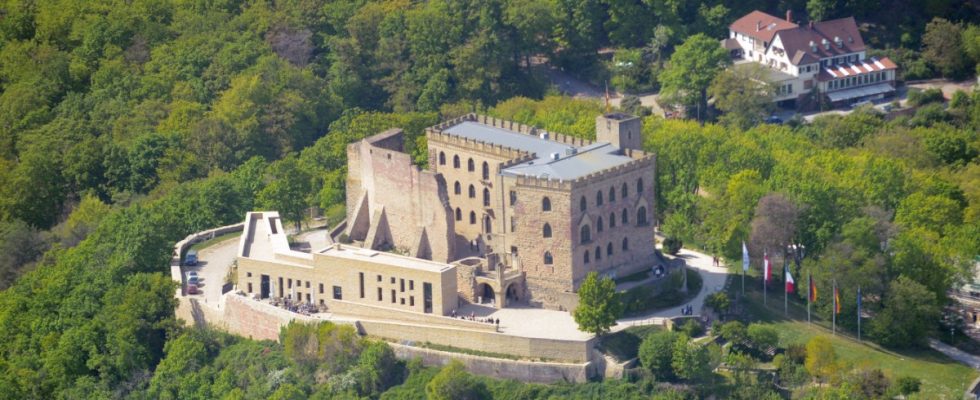Now don’t let it be said again: Bavaria and their eternal small states! Well, in 1832, apparently not too many unity-loving, freedom-loving democrats from Munich, Mühldorf or Miesbach made their way to the Hambach Festival in the Palatinate. But the people of Palatinate, who themselves made up the majority of the Hambach festival guests, didn’t have to travel that far to Neustadt, even though it wasn’t “on the wine route” at that time. And the walk from there up to Hambach Castle was even shorter. With 30,000 people there were certainly traffic problems, but the city council did not want to address them with a significant increase in parking fees, as it recently wants and as any local council in an old Bavarian tourist destination would want.
But above all – so much for small Bavarian states – these people from the Palatinate, who were happy for democracy and celebrated unity, were real Bavarian citizens at the time. They did so as a result of the usual territorial shell game and for certain dynastic reasons, as they too were subjects of the Wittelsbachs. However, this was rather reluctant because the celebrants in Hambach would have clearly preferred freedom from the princely yoke.
Louis I, for whom his kingdom could hardly be big enough, saw things differently for professional reasons and soon sent troops, prosecutors and censors. Perhaps it is because there is still a lot of white and blue decor to be seen in the Neustädter Stiftskirche and none in the colors black, red and gold, which were already eagerly combined at the Hambach Festival, even if not always in the current order. Incidentally, the collegiate church was divided into Protestants and Catholics. Apart from the wall that was built, even this confessional arrangement could be reminiscent of Bavaria, at least for a few years.
People in the Palatinate still seem to find King Ludwig I interesting to this day. In Speyer, an exhibition in the Historical Museum of the Palatinate is currently dedicated to him – and not just because he is said to have finally given the city its stylish Ypsilon in 1825 because of his enthusiasm for the Greeks, just like his entire kingdom. The special exhibition was supposed to close a few days ago. Instead, it was extended until the beginning of September.

